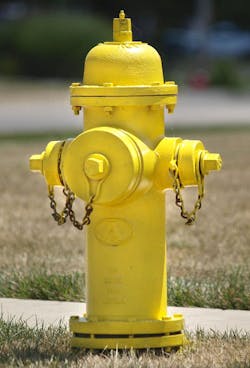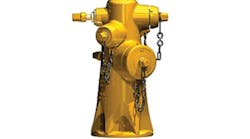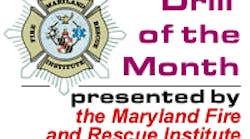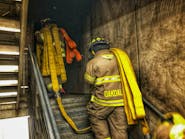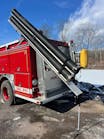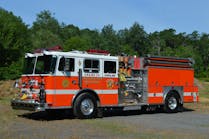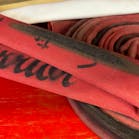So You Think Your Department is Progressive?
I had to admit that the new station, located in a rapidly-developing area, was magnificent.
Features such as multiple drive-through apparatus bays with 14-foot doors, a decontamination area, a complete PPE cleaning system, a clean workshop for SCBA calibration, individual bedrooms for each member of the on-duty crew, large kitchen with professional appliances, and sprinklers throughout, were provided in addition to a state-of-the art training room and administrative offices, providing ample proof of the time and dedication the staff put into the station’s planning and execution.
Yes, I was impressed with how the department, in a few short years, went from a small volunteer operation to a combination department providing comprehensive medical and fire suppression services. Progressive, might be the word to use here.
But then, when I was leaving there it was.
The universal symbol of our nation’s fire service backwardness, lack of progressive thinking and unwavering adherence to tradition--the three-outlet steamer hydrant.
Designed back in the late 1800s, its exterior has never changed from its initial design criteria—to supply 2-1/2-inch direct hydrant streams from its side ports, and a horse-drawn steamer from its large connection if the fire got out of hand. Few departments today use hose carts or steamers, so why is a 100-plus year-old hydrant design still being installed throughout the country?
The first excuse I hear is that, “Well, the water department is responsible?” So? Do they have to connect a 1,500-GPM pumper to the hydrant at 2:30 in the morning when a fast-spreading fire is threatening the lumber storage yard of the new Home Depot? Time to give them a call and have them make some changes.
Have you ever checked to see if alternatives are available? Shame on you if you haven’t. The new apparatus committee may have spent months working on the specs for your new engine, but did anyone ever think to take a look at where and how the engine was going to get its water supply?
The answer is that all hydrant manufacturers offer hydrants with two large ports, and have done so for years. For less than $40 you can now supply two pumpers from a hydrant or run a second line to maximize the supply to a pumper already in use.
Chicago has been using this type of hydrant for almost 75 years. In times past, the drill was for the first engine to connect to one port and then gate the other so a second engine could be supplied. Nowadays, with the advent of larger pumps, it is common for an engineer to connect to the first port and after getting water moving, attach a second line to the gated port for additional water.
If you are really thinking about being progressive, you can now order hydrants with Storz connections, materially reducing the connection time, usually spent rooting around in a hydrant bag for the proper fitting.
Huber Heights, OH, went a step further by specifying any new hydrant installed in their city to have both a 4-inch and 5-inch Storz connection, to accommodate any responding mutual aid company.
And, while you’re at it, ask the question, why are you still purchasing (or for that matter, carrying) stacked smooth-bore tips?
They were designed to be used with direct hydrant lines so, a tip could be selected that would give good reach depending on hydrant pressure and the length of the line stretched by the hose cart. Do you still run direct hydrant lines or do you use a pumper to supply the proper pressure?
No, ISO does not require them. The grading schedule calls for two 2-1/2-inch smooth bores with shut-offs and two 2-1/2-inch combination nozzles. In years past, they did require stacked tips, but not any more.
Generally, the stacked tips will supply 200, 250 and 300-gpm respectively. The problem is that rarely under combat conditions, does the nozzle crew remove the small 1-inch or 1-1/8-inch tip to flow more water if the situation warrants. A few years ago, I saw a photo of a large city department fighting a fully involved apartment fire with four hand lines in the street, each flowing the least amount of water they could because no one thought to remove the outer tips. Unfortunately, the photo was shot by the salesman who sold the department the nozzles, and he would not part with the image, which it why it does not accompany this blog.
The easy solution to the stacked tip quandary is to simply remove the two top tips and then plan your high-volume strategy around the 1-1/4-inch base tip.
The two top tips make dandy paperweights and will prove to visitors like me that you are certainly a progressive fire officer.
- See Capt. Dave Fornell live at the Ohio Fire & EMS Expo this month. Dave is presenting: "What’s at the End of Your Hose Line?" and "Increasing Your Initial Attack Firepower" in Columbus, OH, Sept. 20-21.
